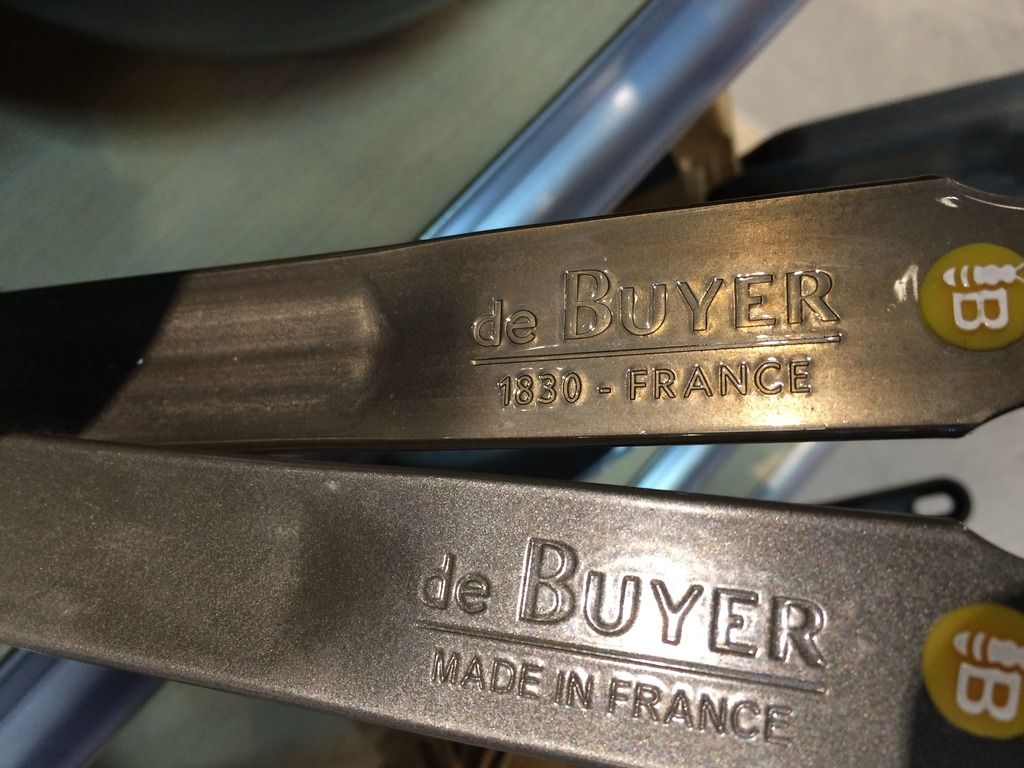Devon_Steven
Senior Member
- Joined
- Nov 4, 2014
- Messages
- 324
- Reaction score
- 11
The whole process here:
https://www.flickr.com/photos/139117223@N03/albums/72157673125997173
When this pan arrived from Amazon.co.uk it wasn't in great condition; the packaging was all torn and dirty and the pan was covered in marks and had a few scratches.
It also got a little rusty sitting around unseasoned in the kitchen for several weeks.

Well, being into knives this was no problem as I have a full range of high-quality wet and dry sandpaper to tidy it up with. Even 'eased' the rim of the pan (which was a little sharp).
 [/url]
[/url]
Oil used is flaxseed oil, as per many online recommendations.

https://www.flickr.com/photos/139117223@N03/albums/72157673125997173
When this pan arrived from Amazon.co.uk it wasn't in great condition; the packaging was all torn and dirty and the pan was covered in marks and had a few scratches.
It also got a little rusty sitting around unseasoned in the kitchen for several weeks.

Well, being into knives this was no problem as I have a full range of high-quality wet and dry sandpaper to tidy it up with. Even 'eased' the rim of the pan (which was a little sharp).

Oil used is flaxseed oil, as per many online recommendations.








